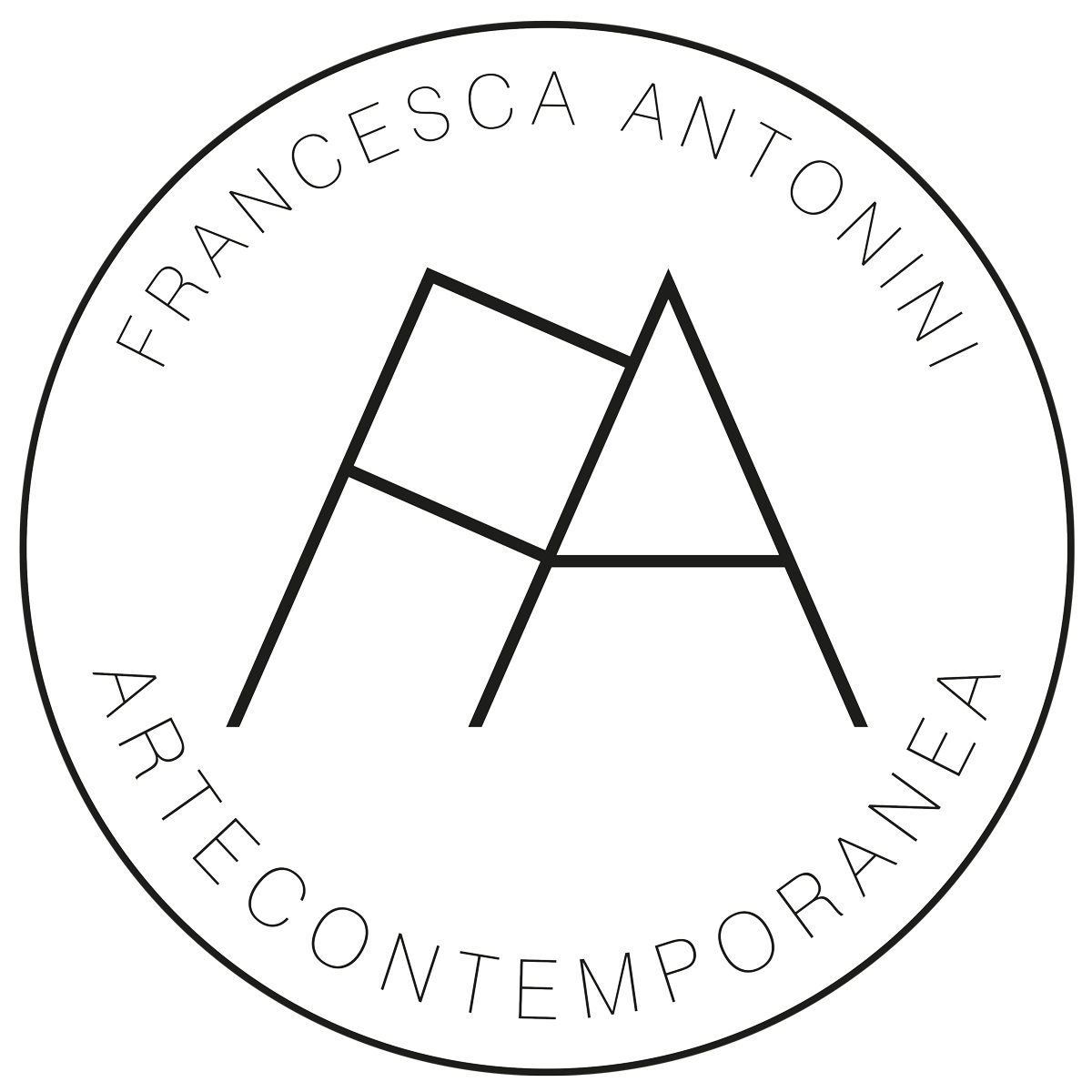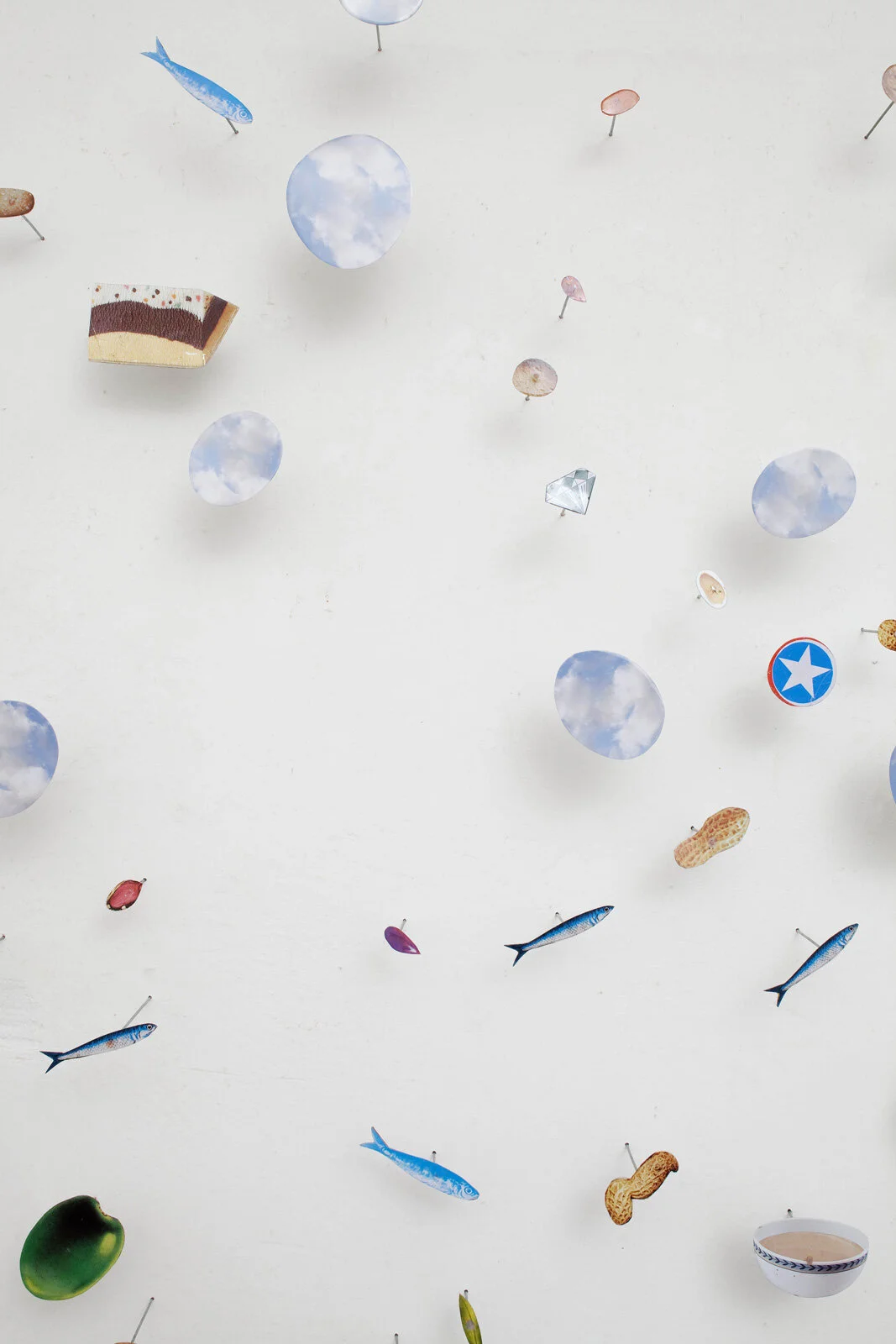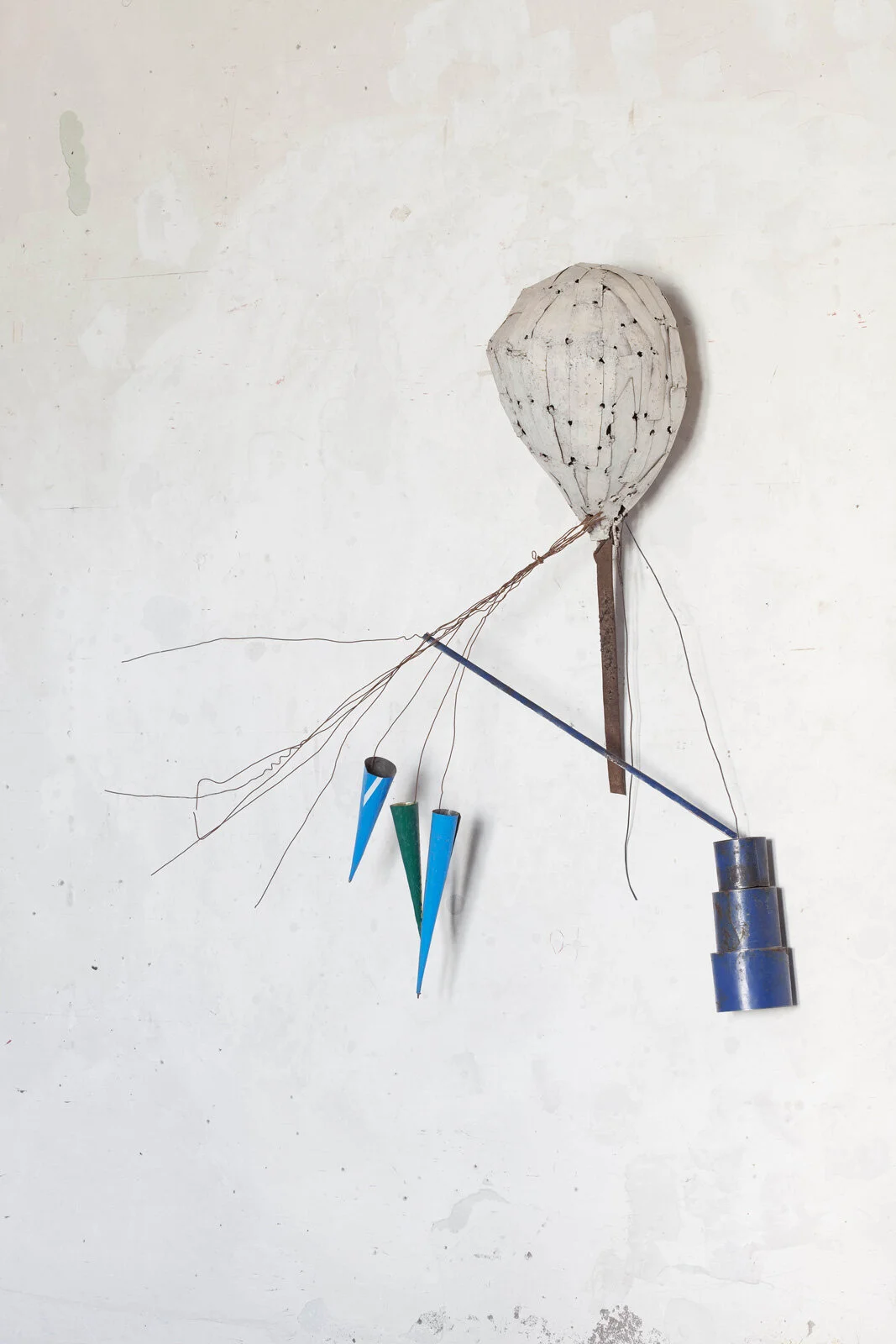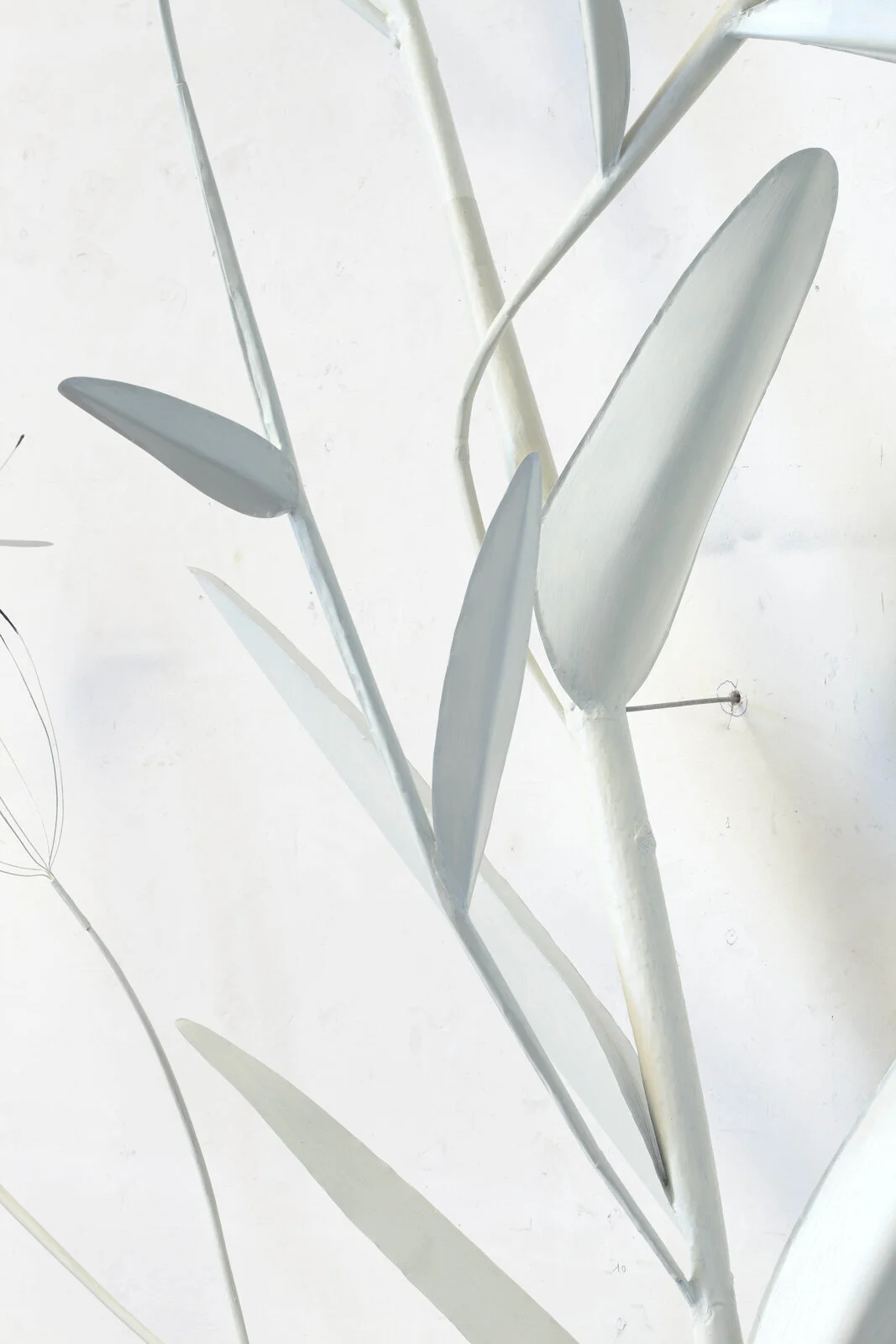UN CORPO METAFORICO
FRANCESCO BOCCHINI
APRIL 2015

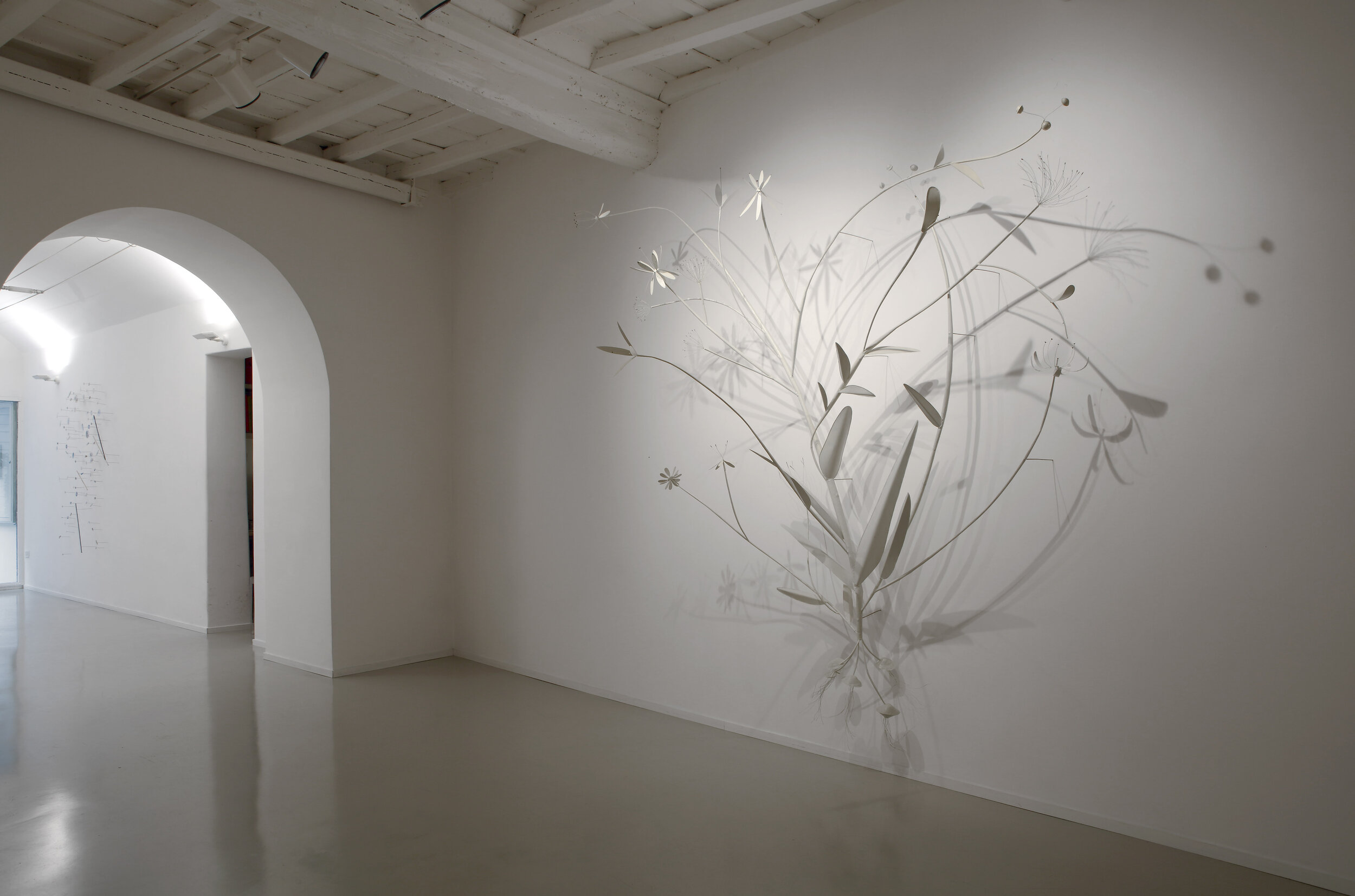
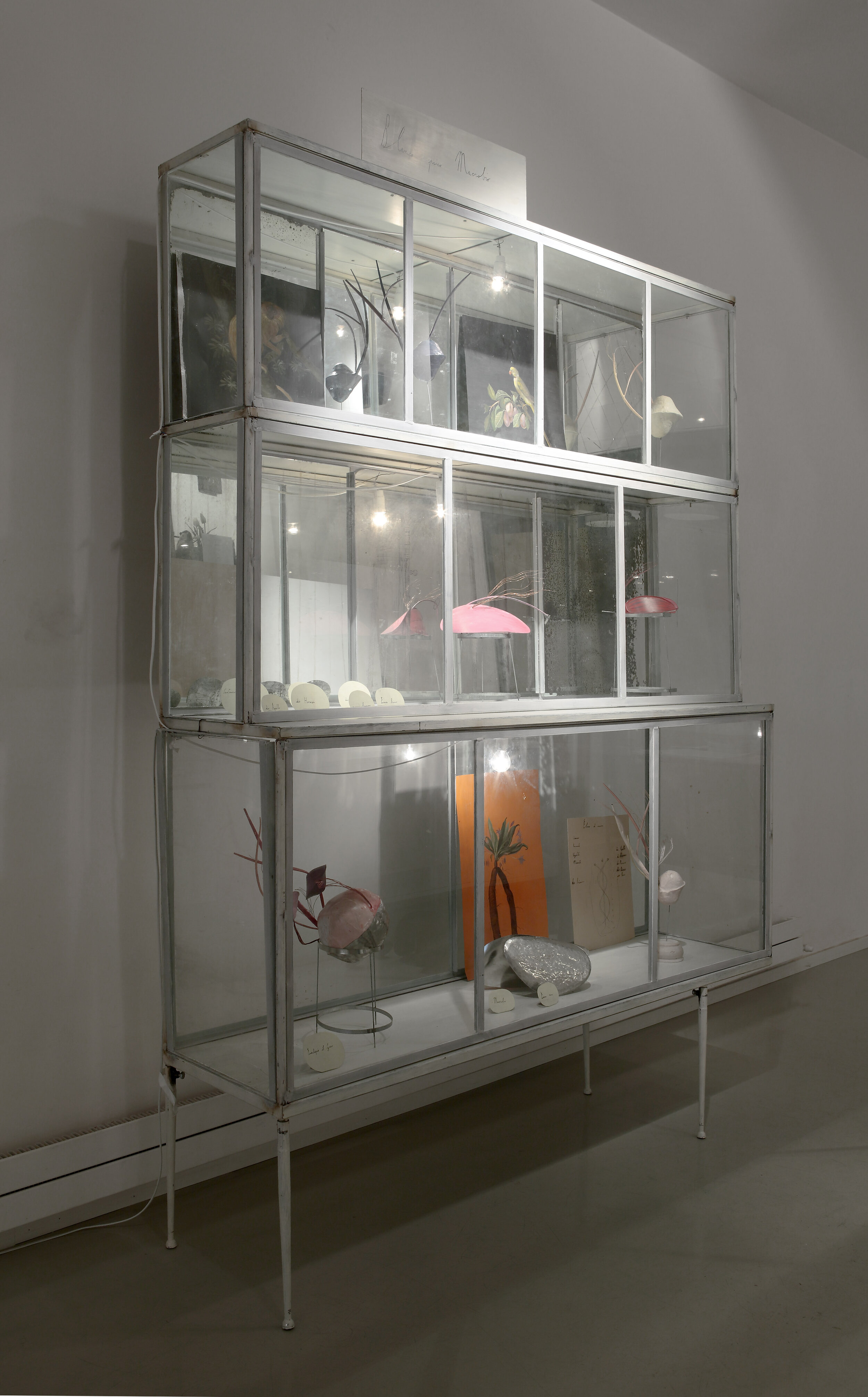
Orthopedic creatures & curiosities
ALBERTO ZANCHETTA
Francesco Bocchini cuts and welds the iron to create devices that give off a shrill and hysterical motion. Using the assemblage technique, the artist resorts to the weapons of irony and paradox to enhance the sciolistic and tainted aspects of the postindustrial culture. His works contain a rich and varied appendix of information, that has its relief valve in the cranks that the users can activate as they please. Only rust can make these machineries jam or paralyze, unlike other kinetic art or multimedia installations that seem to have a natural predisposition to damage. Even if the driving force that puts in motion these works is physical, it must be taken into account that brain activity can get to produce 30 watts, energy necessary to understand the operation of the devices, in other words, Bocchini is a “Tinguely without the plug”.
In 1919, Roberto Longhi had harshly criticized the paintings of Giorgio De Chirico, accusing him of tracing «inconceivable deities in the sacred shop windows of orthopedics».
Even the flabby figures of Salvador Dalí were not immune to the instability of the crutches, but in the locomotive system of Bocchini the tiny metallic supports do not just hold he bodies, they also permit a sequence of tremors, flashes and cramps. Not many years ago the artist claimed that his own works are «real “existential” statements, in which there is no redemption or payback for no one. The motion is always a twitch, it has no harmony, it’s full of deep noises and has a broken and disjointed idea of the form». The disjointing pertains to the idea of a metaphorical body (“Un corpo metaforico”), always fragmented, often just suggested, figurative and, at the same time, abstract. The artist is clearly interested in the structure of the living organisms, so he has created hybrids between what is human and animal, vegetal and geometric.
The works on display are “iron creatures”, just like the homonymous sculpture Un corpo metaforico, whose extremities open and close according to the rotation of the crank, or Una testa di ferro, in which three wedges and three cylinders seem to maintain in balance a bulky skull. Looking closely at the two works, comes to mind the axiom of Cézanne, whereby everything in nature is composed of spheres, cylinders and cones, without forgetting what Samuel Butler claimed, namely that «the human body is but a pair of pincers set over a bellows and a stew pan and the whole fixed upon stilts»
The rudimentary and incongruous order of Bocchini’s paraphernalia takes inspiration from the great archivists of the past, and it intends to draw an itinerarium mentis et corporis that appeals to an amateurish philosophical culture in which nature is mixed whit art technique and art science.
In this vicious life cycle, the artist creates an ambiguous catalog of the world, designing relationships that demolish the systematic order of reality. For example, in the shrine Blanco Psico Macrobio artificial human organs establish dialectical relationships with little pieces of metallic sheet on which are painted animals and plants strictly related to our specie (monkeys, parrots are “extraordinary imitators” of man, whereas the roots of mandrake take an anthropomorphic form during the spring season). The shrine in iron and glass, dedicated to the inquiring spirit and the empirical activity of Ambrogio Teodosio Macrobio, throws the spectator into a scenery, in which the visual repertoire is disconnected, since is open to endless interpretations, divagations, misunderstandings.
Disconnected is also the noise caused by the clattering of these unusual mechanisms, therefore the teratology of the Siamese twins Colloredo belongs to history and natural science: the metaphorical/metamorphic organism of Bocchini, parasitic and discontinuous, can accept malformations, excesses or anatomical deficiencies. Just as Colloredoes, also Isis and Osiris were siblings, more: they were lovers. The sculpture Iside e Osiride is closely related to Il corpo di un animale, through symmetries and reciprocity; in the first one we see the crocodile, associated with Nile (in whose waters was thrown the lifeless body of Osiris) and Egypt (where the limbs of the God were scattered); in the other work, makes its appearance a canid, a mammal always linked to man, of whom he accepted the domestication, since ancient times.
After the animal kingdom, comes the vegetable one. The Herbaria that the artist created over the time are here sublimated in a Vegetazione Bianca (“white vegetation”), characterized by an unnatural, ethereal, abstract white. The sculpture, diaphanous inasmuch ambivalent and unable to the photosynthesis, proves itself elusive as a “fantasmata”, the memory of a past experience. The same associative and recombining process can be found in the sweets, legumes, fish and crystals cut from tin boxes that make up the profile of Arcimboldo, a sharp-nose face that seems to embody the motto of Feuerbach: «We are what we eat». In the free admixture of materials, Bocchini denies the assumption according to which the objects are inanimate bodies. From this vitality are born structures proportional to their pleonasm and to the cognitive disorder that generated them. As usual, Francesco Bocchini questions on human knowledge, watching through a distorting lens, which is also a practice of [r]existence. Hard to say if his “orthopedic curiosities” are a cause or an effect, or if it’s maybe the rest of us?
